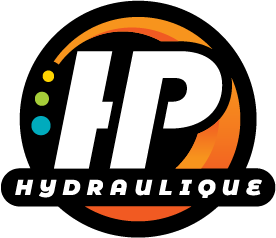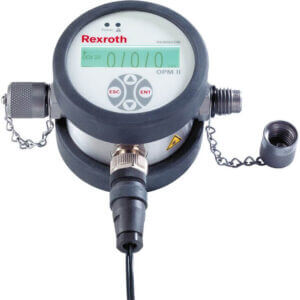There are equipments on the market which allow a depollution of the fluid in a hydraulic circuit. The purpose of these systems is to circulate the contaminated fluid in an external equipment in order to eliminate the contaminants (water, gas or particles) present.
Mobile filtration units can be connected to the circuit, allowing the fluid to be cleaned in the circuit. This type of unit has a pump whose flow rate will be determined according to the fluid tank in order to obtain a cleaning of the system in an optimal time.
There are also so-called fluid purifiers. This type of equipment allows to clean a circuit containing particles but also water and gases that would be contained in the fluid. This system is more complete than the filtration unit.
Depending on the level of contamination in the system, it may be necessary to completely drain the system and then clean and add clean oil.

